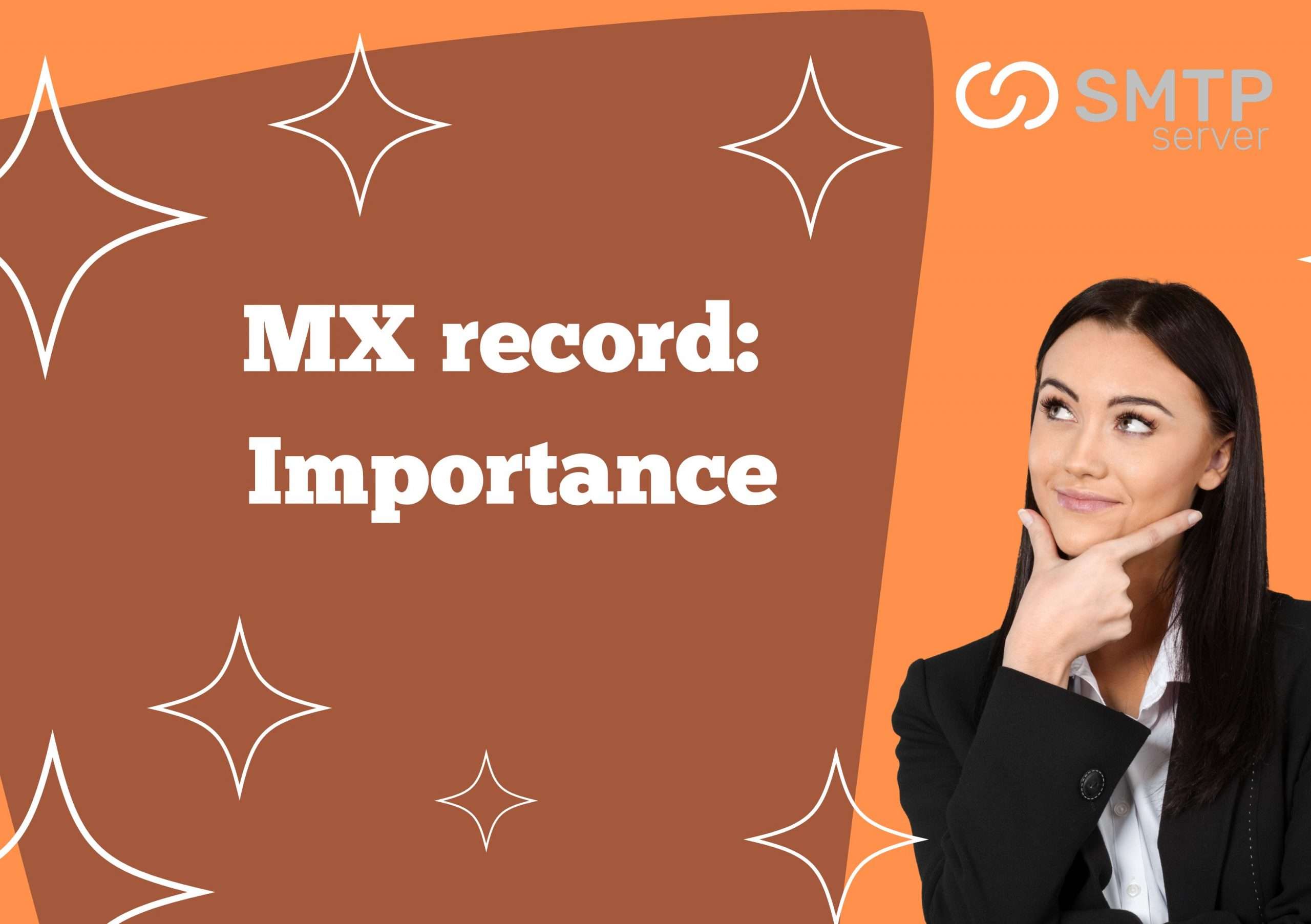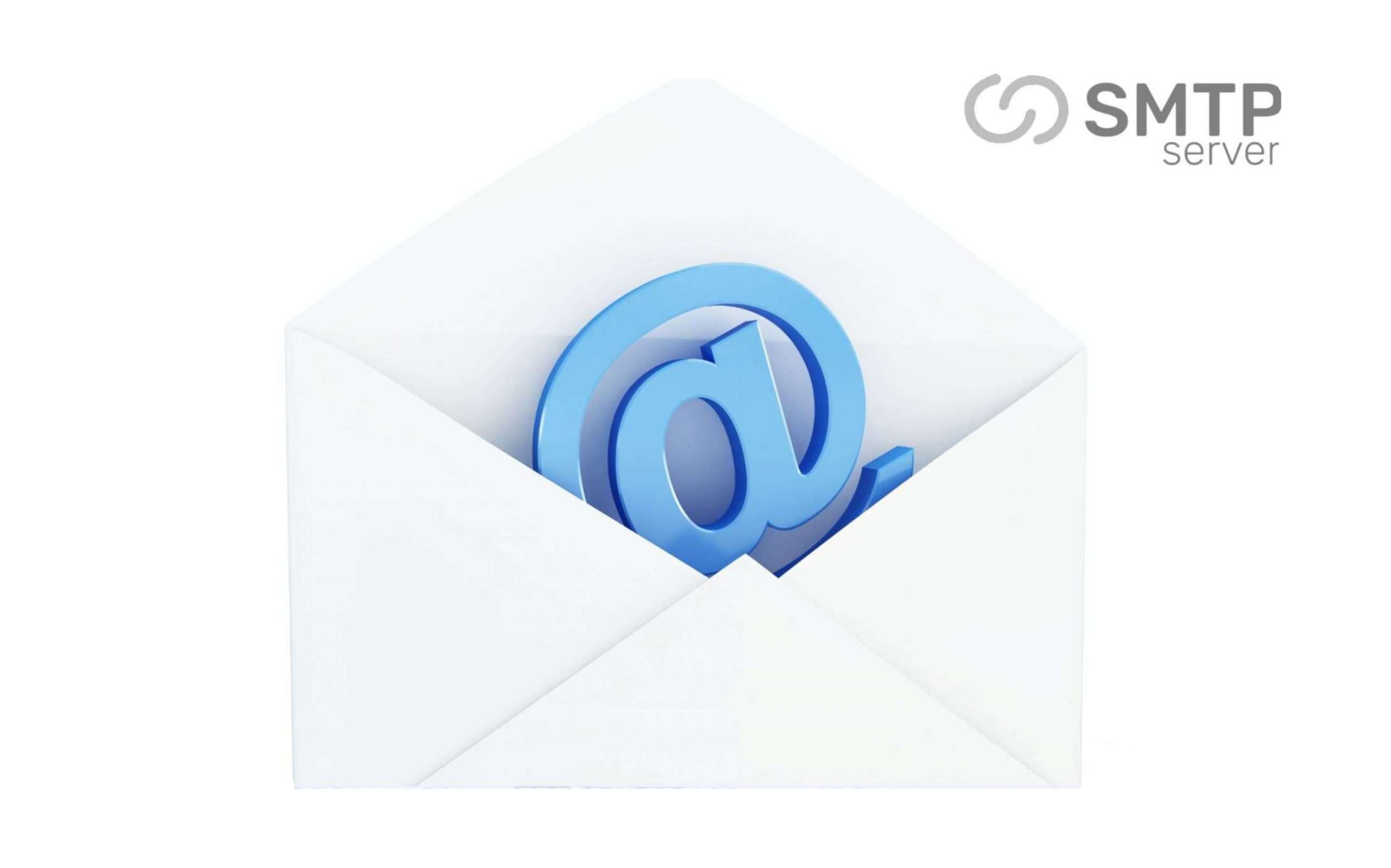19,135 total views, 1 views today
MX (Mail Exchange) records are a type of DNS (Domain Name System) record that are used to determine the mail server responsible for accepting email messages for a specific domain. They are a crucial part of the email delivery process, as they allow email servers to route messages to the correct destination.
MX records are stored in the DNS server, and they contain information about the hostname and priority of the mail server responsible for accepting email for a specific domain. The hostname is the fully qualified domain name (FQDN) of the mail server, and the priority is a numerical value that indicates the order in which email servers should attempt to deliver messages to that server.
When an email is sent to a specific domain, the sending email server first performs a DNS lookup to locate the MX record for that domain. The server then uses the information in the MX record to determine the hostname and priority of the mail server responsible for accepting email for that domain. The server then attempts to deliver the message to that mail server using the Simple Mail Transfer Protocol (SMTP).
The use of MX records allows for a flexible and decentralized email system, as it allows multiple mail servers to handle email for a specific domain. This is particularly useful for large organizations that have multiple mail servers located in different geographical locations. MX records allow the email system to automatically route messages to the nearest mail server, which can improve the speed and reliability of email delivery.
MX records also provide a mechanism for failover and load balancing. When multiple MX records are present, email servers will attempt to deliver messages to the server with the highest priority first. If that server is unavailable, the server will try the next server in the list, and so on. This allows for automatic failover in the event of a server outage or maintenance, and it also allows for load balancing to distribute email traffic across multiple servers.
However, MX records can also be used by spammers to bypass spam filters. Spammers can create fake MX records that point to their own servers, which allows them to send spam to email addresses on that domain. This is why it is important to have a proper email server configuration, and have a spam filter in place to detect and block such attempts.
In conclusion, MX records are a type of DNS record that are used to determine the mail server responsible for accepting email messages for a specific domain. They are a crucial part of the email delivery process, and they allow for a flexible and decentralized email system. MX records allow for automatic failover and load balancing, but it is important to have proper email server configuration and spam filters in place to avoid abuse by spammers.





